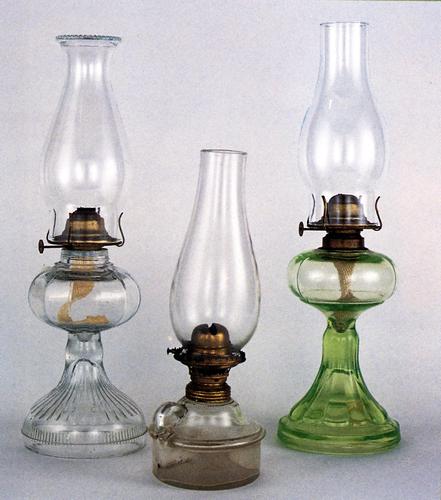Results 11 to 20 of 270
-
04-02-2015, 10:58 PM #11

They didn't. In the old days there were loads of folks who came around and would hone your stuff for a song. The barber would have probably done a quick touchup and that's it. Also few barbers used wedges. Hollow ground were the meat and potatoes razors. You would have to go really back probably to the 1880s and before to find barbers using wedges. Even in those days few did their own.
No matter how many men you kill you can't kill your successor-Emperor Nero
-
04-04-2015, 12:34 AM #12Hones & Honing




- Join Date
- May 2005
- Location
- Saint Paul, Minnesota, United States
- Posts
- 8,023
- Blog Entries
- 1
Thanked: 2209
For in-between shaves they most likely used a slack strop pasted with rouge abrasive or lamp black. Both were easily obtainable.
Just my 2¢ Randolph Tuttle, a SRP Mentor for residents of Minnesota & western Wisconsin
Randolph Tuttle, a SRP Mentor for residents of Minnesota & western Wisconsin
-
04-04-2015, 12:51 AM #13

What would lamp black do Randy ,,, or better yet, what is it?
-
04-04-2015, 01:28 AM #14Hones & Honing




- Join Date
- May 2005
- Location
- Saint Paul, Minnesota, United States
- Posts
- 8,023
- Blog Entries
- 1
Thanked: 2209 Randolph Tuttle, a SRP Mentor for residents of Minnesota & western Wisconsin
Randolph Tuttle, a SRP Mentor for residents of Minnesota & western Wisconsin
-
-
04-04-2015, 05:10 AM #15Senior Member

- Join Date
- Feb 2015
- Location
- Florida
- Posts
- 507
Thanked: 49
Lay a business card on the spine and edge and see if it actually has a "big wheel" grind.
-
04-04-2015, 06:49 AM #16
-
The Following User Says Thank You to thebigspendur For This Useful Post:
Hirlau (04-05-2015)
-
04-04-2015, 03:41 PM #17

They may have also used a dished hone without thinking too much about it. There's some evidence because of all the old dished hones we find. Alex Gilmore made a dished hone on purpose, and IIRC it had a radius of about 480mm but to the eye it just looked like a badly dished vintage hone. It was very symmetrical though as he ground the dish with a form.
Anyway, I did the math (trig actually) and found that it basically added a degree to the bevel angle, or about like a piece of tape, but voilą, no tape needed to add the degree. Wider blades a bit more, narrow blades a bit less.
Cheers, Steve
-
The Following 2 Users Say Thank You to Steve56 For This Useful Post:
32t (05-07-2015), randydance062449 (04-04-2015)
-
04-04-2015, 04:19 PM #18At this point in time...




- Join Date
- Jun 2007
- Location
- North Idaho Redoubt
- Posts
- 27,183
- Blog Entries
- 1
Thanked: 13250
Not a new question LOL
This thread started 7 years ago and went on for quite some time, we learned a lot over the years but honestly the questions were never actually answered definitively...
BTW The difference in hardness question was answered way back then...
Enjoy the read
http://straightrazorpalace.com/advan...honed-day.html
-
The Following 2 Users Say Thank You to gssixgun For This Useful Post:
Kees (04-05-2015), Neil Miller (04-15-2015)
-
04-05-2015, 03:04 AM #19Senior Member

- Join Date
- Feb 2014
- Posts
- 225
Thanked: 36
please show a pic!
i would LOVE to be given a GB anchor straight...
how about i take that off your hands and give you a W&B instead?
-
04-05-2015, 03:42 AM #2050 year str. shaver


- Join Date
- Aug 2008
- Location
- Pothole County, PA
- Posts
- 2,258
- Blog Entries
- 2
Thanked: 522
As far as lampblack is concerned, It is used in many products including refractory brick, rubber which can be as much as 15 to 20% lampblack per 400# batch in the mixer just to name a couple. Lampblack comes in numerous sized granules for different uses. Another use would be for the mfg. of printers ink and artist's pigments these two uses would require a finer grade of lampblack.
I'm just saying............... JERRY
JERRY
OOOPS! Pass the styptic please.


 426Likes
426Likes LinkBack URL
LinkBack URL About LinkBacks
About LinkBacks






 Reply With Quote
Reply With Quote





